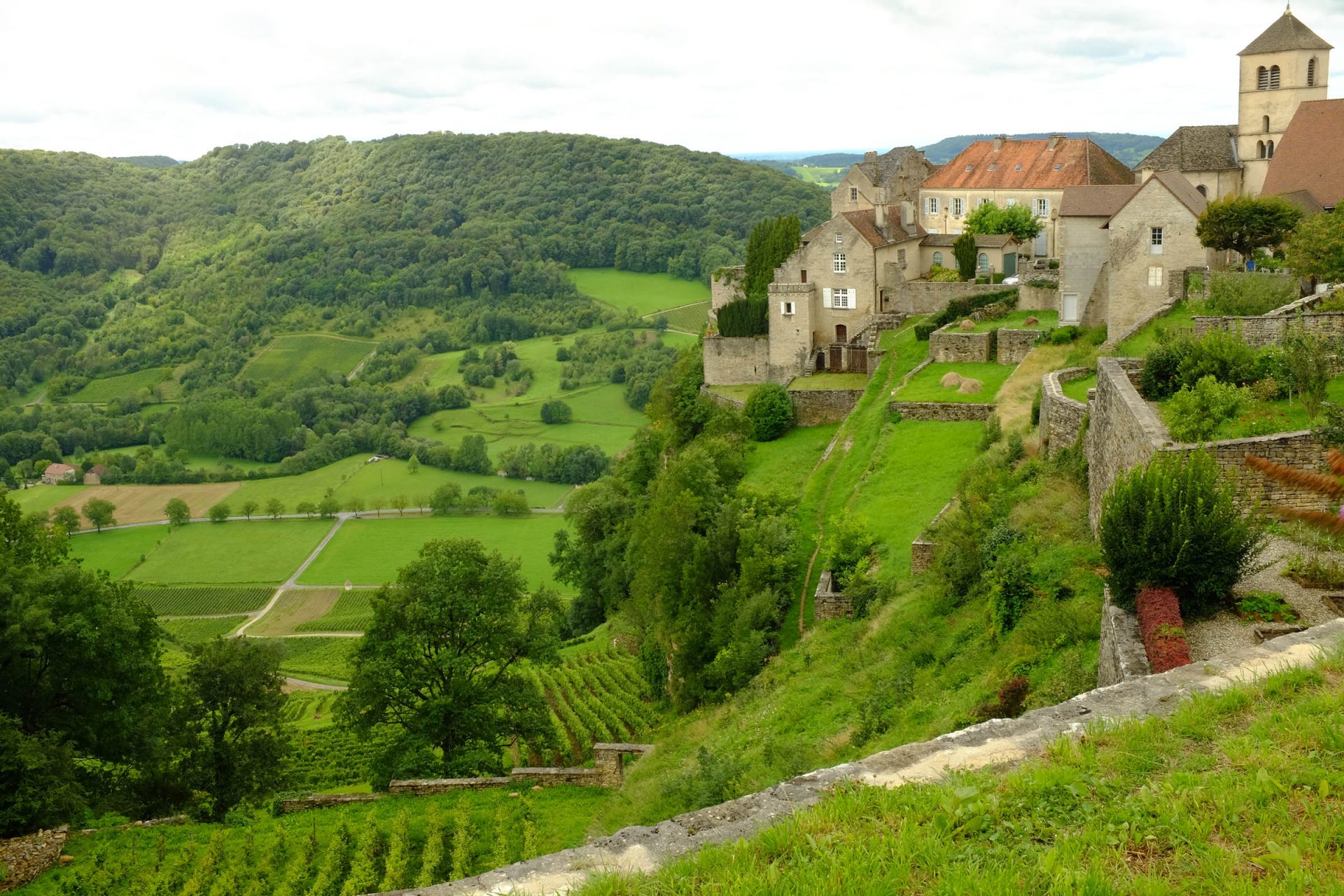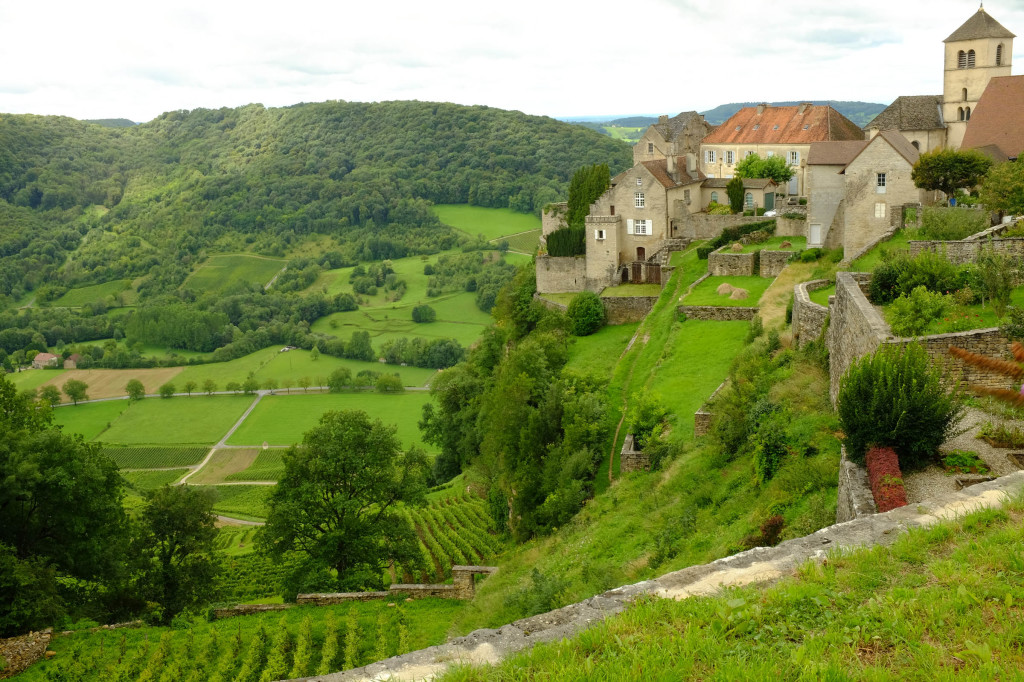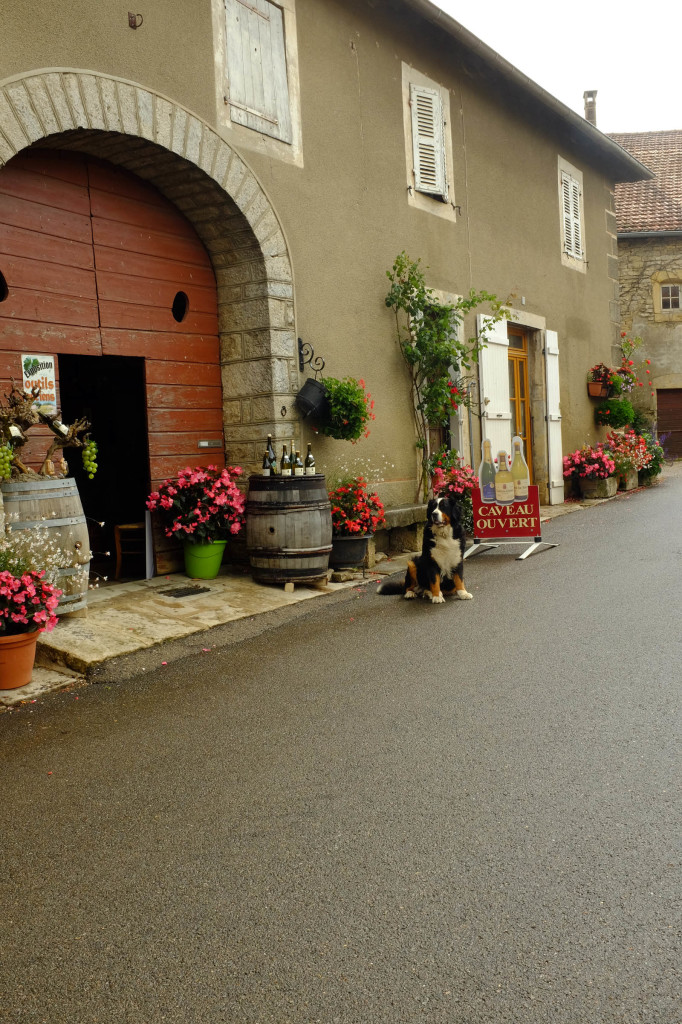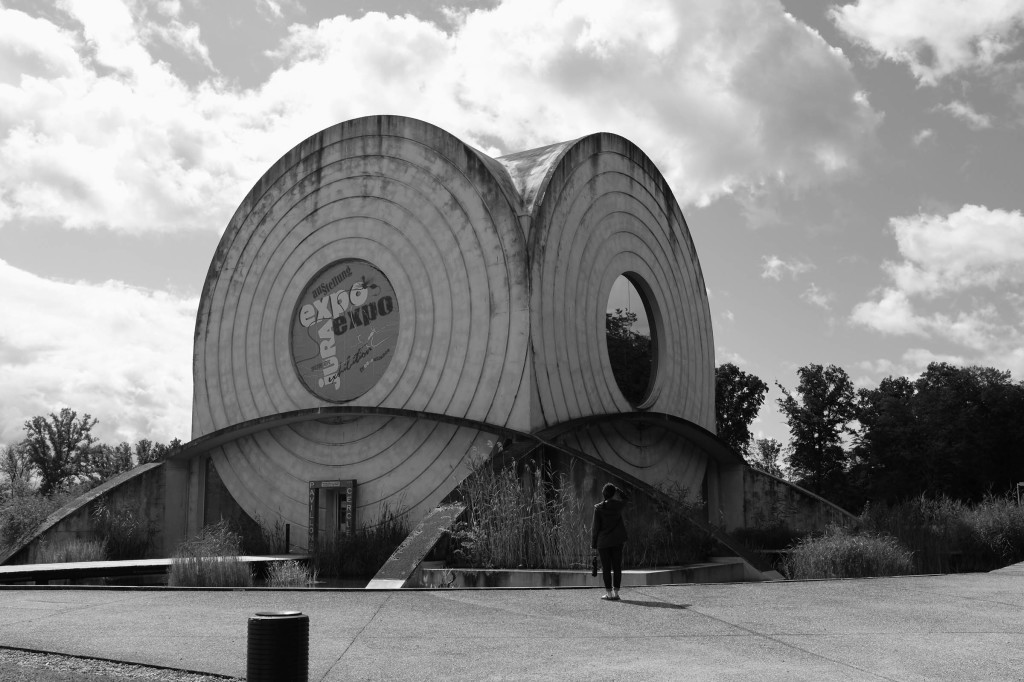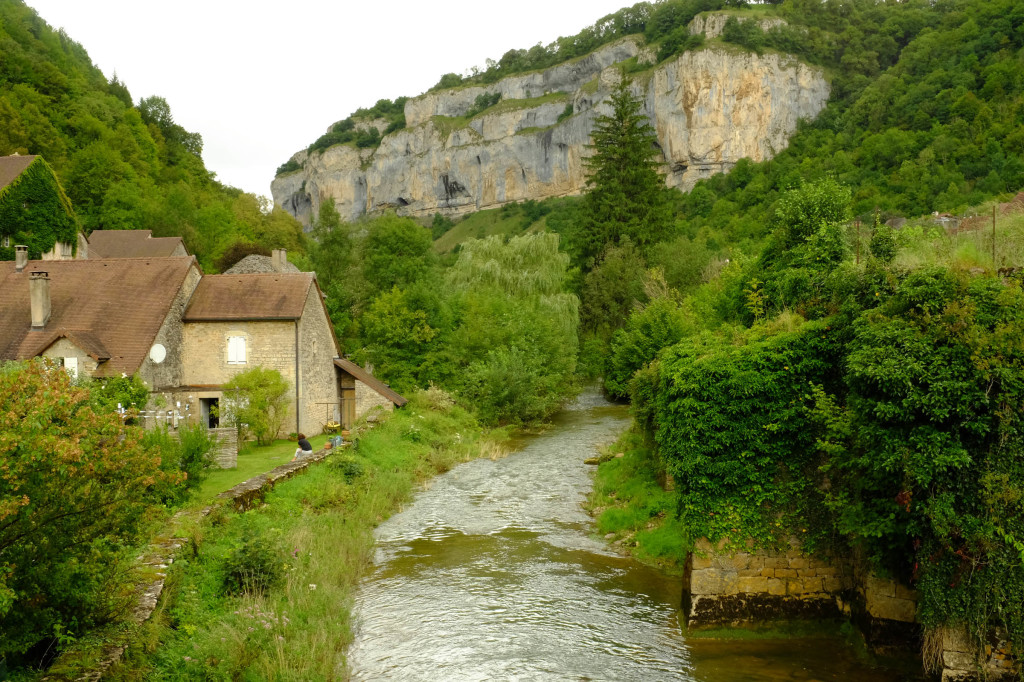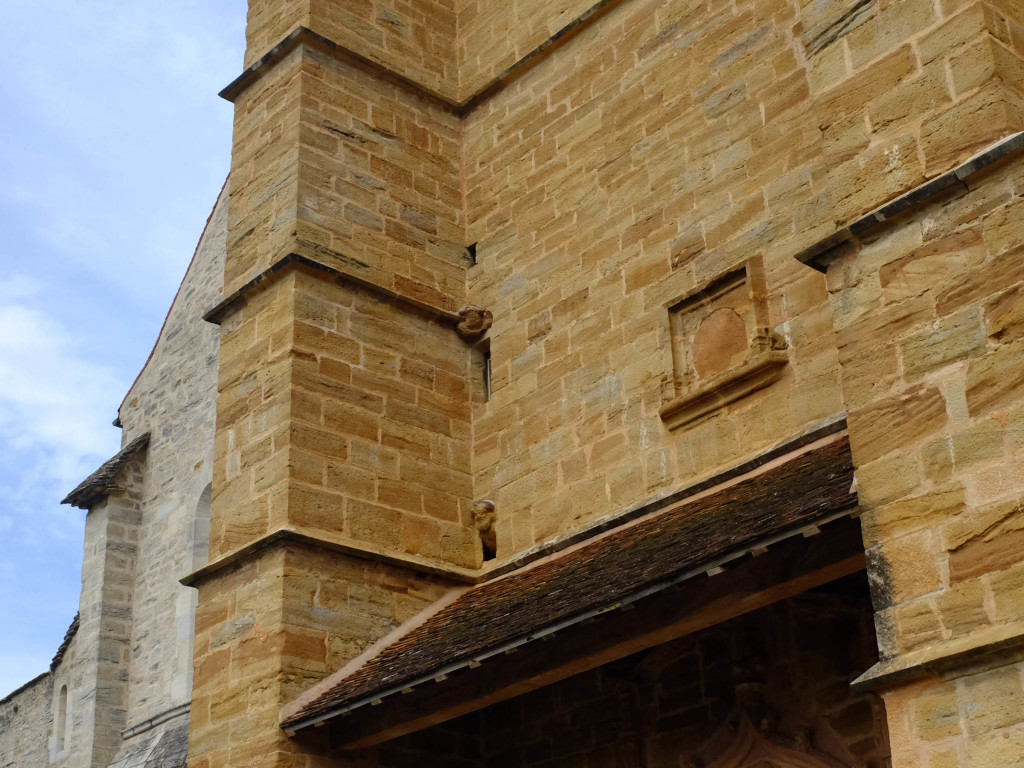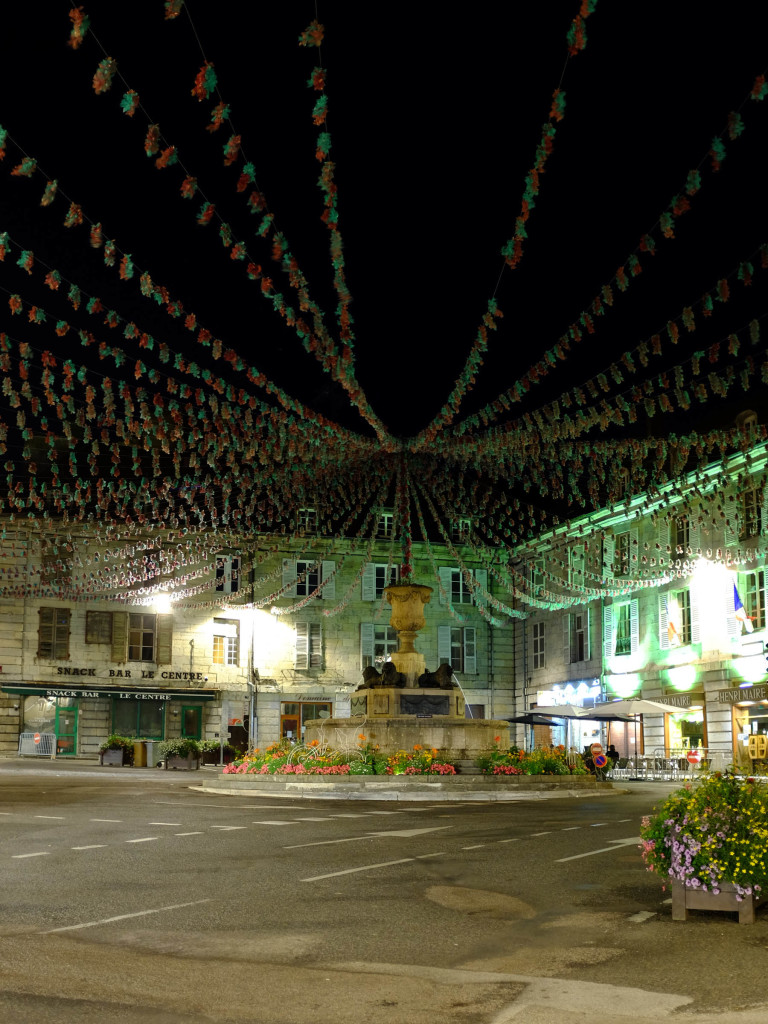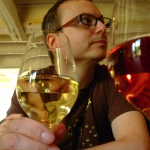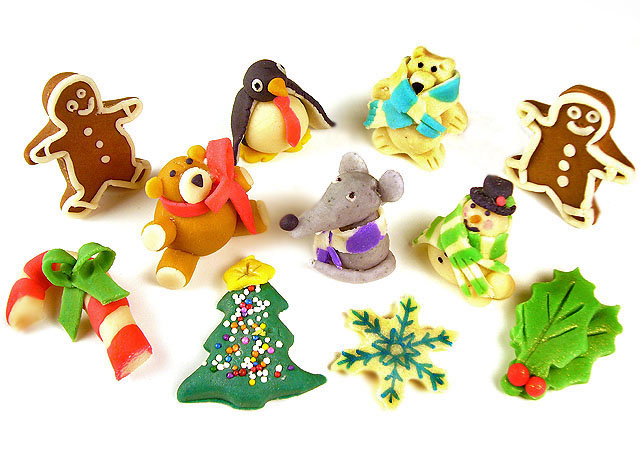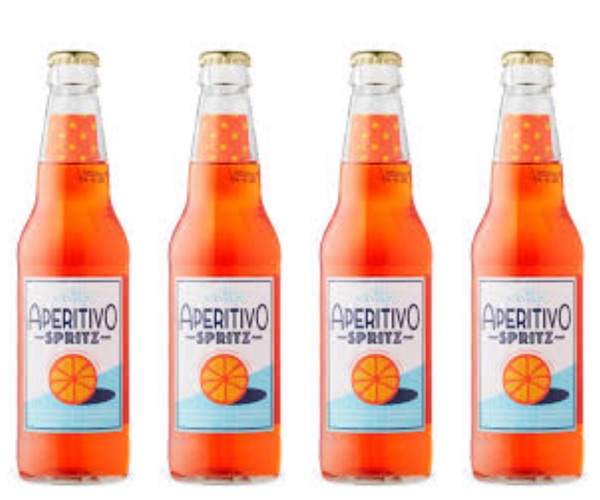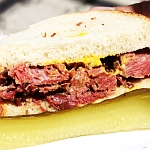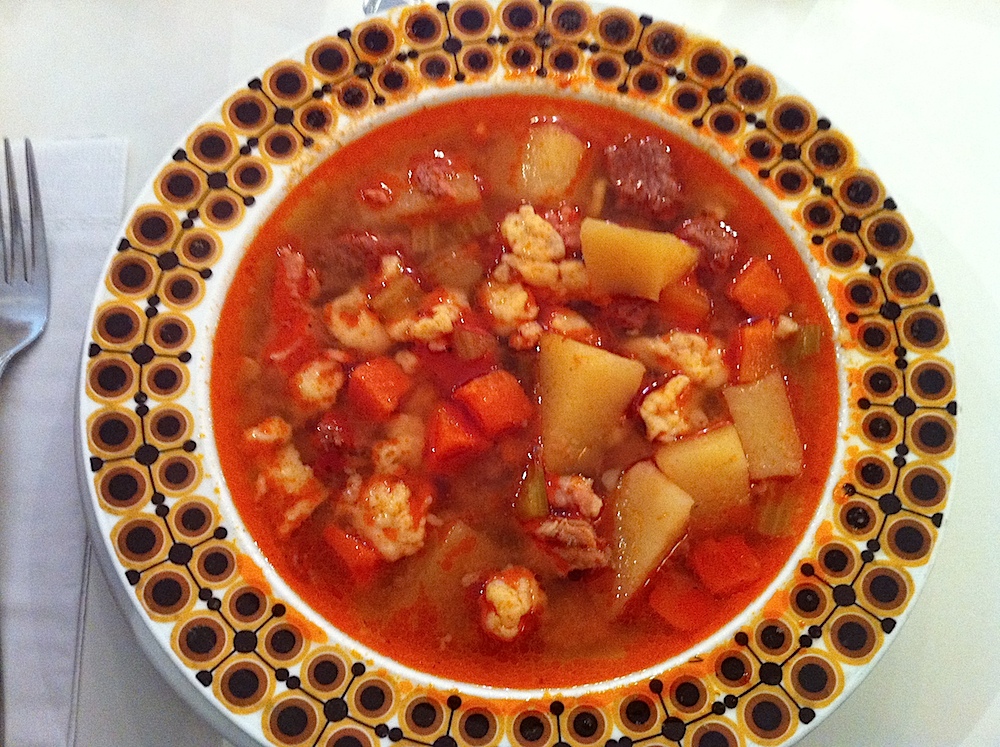Almost six years ago when I was first served a glass of Vin Juane, I was told it would be unlike any other wine I had previously tasted. The strong yellow hued liquid in my glass was the first hint that this was something different. On the nose it was strong, nutty, immediately identified by my not-so-sharp mind as something completely new to me. I left the wine bar that evening bubbling with curiosity about Vin Jaune. I developed a mild ongoing obsession to find and taste more Jura wine, ordering a bottle or a glass any time I found some on a wine list and searching wine shops everywhere I travelled. As a result I have brought bottles home from Santa Cruz, New York City, and a select few have even been found on the shelves of the LCBO.
With every bottle I came across, the strong regionalism of Jura became increasingly apparent. Their wines come from grapes with (to me) previously unheard names Ploussard, Trousseau, and Savagnin. The use of traditional Jura vinification methods result in such oddities as oxidized chardonnays and the sweet elixir of Vin de Paille. Drinking these unique wines sparked further curiosity with the food and in the landscape from where they originated. Just like their wines, there is not a huge depository of readily available information on the region, but from everything that I could find it looked like a place off the beaten path, a place that perhaps would be worth a visit.
And I did.
After accepting an invitation to a wedding in Beirut, I discovered that the logistics of travelling to Lebanon were in favour of a two night stay in Jura. Travel plans were set for myself and my most accommodating wife Danielle.
After settling in Arbois, our first (unplanned) stop was a highway rest stop, the kind that is on the side of the highway, the kind that in Ontario consists of a gas station and almost mediocre fast food stands, the kind of place that I would never visit unless I needed gas or a toilet. Aire du Jura is the antithesis of what we know as a highway rest stop, this rest stop is the home of an architectural neo-classical icon, the pavilion of circles by Claude Nicholas Ledoux. It is an insane building dedicated to the circle, resting in a circular swamp, a symbol of different cultural priorities than those that we know as North Americans. And as much as we looked at it with the admiration of the two architects that we are, we were looking in disbelief. Disbelief that it ever made it from paper to concrete, that the money to build it ever solidified, and disbelief that this was a rest stop on the side of the highway. This was only the first of many things in Jura that challenged what we thought we knew.
We got back into our little diesel powered stick shift driven hatchback and continued on our way, heading for the home of the most noble Savagnin grapes of the region, Chateau-Chalon. The kind British computer lady voice from our car’s navigation system directed us off the highway, through small towns, and very swiftly onto winding climbing narrow roads through the vineyards that would take us to the summit of Chateau-Chalon. Along the way we stopped, took some pictures, breathed the air and took in the landscape. The rows of grapes that surrounded us draped the land like a random corduroy quilt. As we stood there it became plainly obvious that the topography of the hills, the erosion of the rock, and the orientation to the sun make these vineyards important, and make these grapes noble. We made our way up the hill, strolled through the quiet town, met an awesome cellar dog, and peered out over a lovely and lushly green scenery. While the view out from Chateau-Chalon is the main draw, the view looking up is even more majestic, and we hoped to find the view of the steepest, tallest piece of rock that we looked out from as we left. But from our vantage point roads offering that view did not appear to exist. And as a walk through the vineyards was not on the schedule, it looked like this would not be a view for our eyes.
Back in the car, our lovely computer guide directed us back down the hill, around some quick sharp corners and onto an unpaved road no wider than a horse path. n spite of the look of fear in Danielle’s eyes, her vocal protestations, and the large branch across the road, there was nowhere to turn the car around, so we continued forward. As we emerged from the brush onto a concrete path no wider than the dirt road before it, the most stunning face of Chateau-Chalon emerged, our minds were blown by both the scenery, and mind reading skills of our navigation system.
We continued for a brief stop in the stunning valley enclosed Monk town of Baumes-Les-Messiers for a walk through the town and monastery. The town’s homes all had vegetable gardens and fruit trees. And everywhere you turned the next view was more stunning than the last. At the end of the day we returned to Arbois, happy and fulfilled.
The town of Arbois is a great place to taste wine, it is a walkable town with quality producers aplenty with open doors, well-stocked shelves, and lots of open bottles they are all too happy to share. Most producers make a strikingly comparable line up of wines. Cremant De Jura, Ploussard, Trousseau, Pinot Noir, Oxidized and Non-Oxidized Chardonnay and Savagnin (often offering a 50/50 of the two whites), Vin Jaune, Vin de Paille, Macvin, and Marc de Jura, it is very apparent that tradition reigns supreme. With such focused production Jura wines make for great comparative tasting for everyone, regardless of your knowledge or experience. With our marginal command of French, and a limited window of opportunity, we went a-tasting. Very quickly we found that we could separate an oxidized chardonnay from its oxygen deprived sibling by the nose. Danielle was quite taken by each sip of Cremant du Jura , but saved her proclamations of true love for the well balanced sweetness of Vin de Paille. We felt privileged to be outside of our LCBO-filtered home and moved on to the most unique Macvin, a concoction of grape alcohol and grape juice, a local aperitif. It is very stiff with enough fruit to make it enjoyable to the two of us. As a result of visiting the shops of Domaine Andre at Mireille Tissot and Domaine Rolet Pere et Fils we had pretty quickly filled our wine quota to bring back to Canada with bottles of Vin Jaune, Vin de Paille, and Ploussard.
With a bit of Jura wine flowing through our veins, we were off on foot to locate some local Jura dishes for dinner. With our minds tainted by previous road trips to such places as Solvang and Frankenmuth, our natural reaction to a concentration of traditional, regionally focused restaurants is that they must all be fake tourist traps with mediocre food and inflated prices. As we read the posted menus our trepidation emerged after seeing the same coq au vin jaune, the same cheese fondue, our new misgivings were clearly weighing us down. Apparently we should have had a few more sips of Macvin to build up our restaurant selection courage.
We randomly selected the Restaurat Au Petit Jurassien, after our patience with staring blankly at posted menus expired, and a chilly wind picked up. As we were led to our table, the unnatural glow of the florescent lighting and the watered down greenish walls only encouraged our apprehension. We deciphered the menu, made our selections. The wine list was short, all local, all Jura, perhaps authentic? We ordered a half bottle of Trousseau, the broodiest red of Jura. When first poured it was rather uninviting and closed, but shortly opened up, relaxed, and became very enjoyable, the restaurant followed suit. The food was excellent, the Vin Jaune sauce, the morels, and the chicken made the tastiest of companions. We left enlightened and well fed, reminded that there are places in the world with pride in tradition, making for really tasty food.
On our second evening in Arbois we dined at La Finette, Tavern D’Arbois. It is a large restaurant that is lovingly stuck in time and carefully carved out of a log cabin. Again a menu stocked with traditional fare, Morbier, Poulet du Jura, Jambon cru fume du Jura, and Fondue Au Comte. As the rest of town was only just preparing to go out for dinner, Danielle and I dined early, surrounded by empty tables, almost each one adorned with a reserved card. Our straight-out-of-the-Sound of Music waiter, velvet waistcoat and moustache included, tended to our every need, bringing us our Fondue au Comte and a couple of glasses of oxidized Jura wine. After our first bites of cheese coated bread followed by a sip of the local wine, Jura just made even more sense. The wine balances the cheese, the cheese balances the wine, and having fondue with your wife balances everything else. Although I may be wrong, I was warming up to the possibility that finding bad food in Arbois may be a harder than finding a great meal.
Arbois had much more to offer us. We enjoyed the scenery of the deep stone carved river weaving through town. A visit to the local church was rewarded when we sighted its hilarious gargoyles. We also gleaned a bit of history of the Fête du Biou, the town’s yearly tradition to welcome the grape harvest by fashioning a giant bunch of grapes out of grapes, parading it through town and hanging it from the church ceiling. The church also has photos of the annual grape harvest festival where the town hangs an enormous arrangement of grapes from the church ceiling. We visited Hersinger Chocolate, a fourth generation chocolatier making mind blowing treats that tingle the senses. Both traditional and adventurous, we had chocolates made with their amazing rose jelly, and even a tomato/basil/pine nut chocolate. It sounds like a plausible disaster, but was quite the opposite. We stopped at Vins and Vinaigres where Monsieur Gonet makes phenomenal vinegars from traditional Jura grape varietals. Needles to say we left town with a suitcase full of bottles and chocolates.
There are many more things to do in Jura that we did not have the chance to. Every town such as Pupillin and Arlay are filled with more vignerons sharing thier wines. Nearby is the medieval town of Besancon and The Royal Saltworks at Arc-et-Senans, another C N Ledoux building and museum. The mountainside caves in Baumes-Les-Messier and Louis Pasteur’s house in Arbois are there to be explored. You could also rent a bike and explore the landscape in a more meaningful way. One day we hope to return to explore more of the region.
Although Jura is not a grandest or the most beautiful place to visit in France, it is not far off, and the same can be said for their wines and their food. Our experience led us to believe that humility is among the Jura traditions. This is a place where most of their best bottles of wine can be had for much less than $100. Where there are $30 bottles of wine that can age well for 100 years. Where an excellent and well prepared meal is also fairly priced. It is their traditions that make Jura a great place to eat, drink, and enjoy life. And if enjoying life is of interest to you, Jura is well worth the trip. It is a great chance to unleash your high school French, escape your daily routine, and from my perspective travel to a place that is carved out of a different time and a different way of life, where authenticity and simplicity still have meaning.
…
Joseph Troppmann is an architect who lives and practices in Toronto. He enjoys travelling with his most accommodating wife Danielle.

